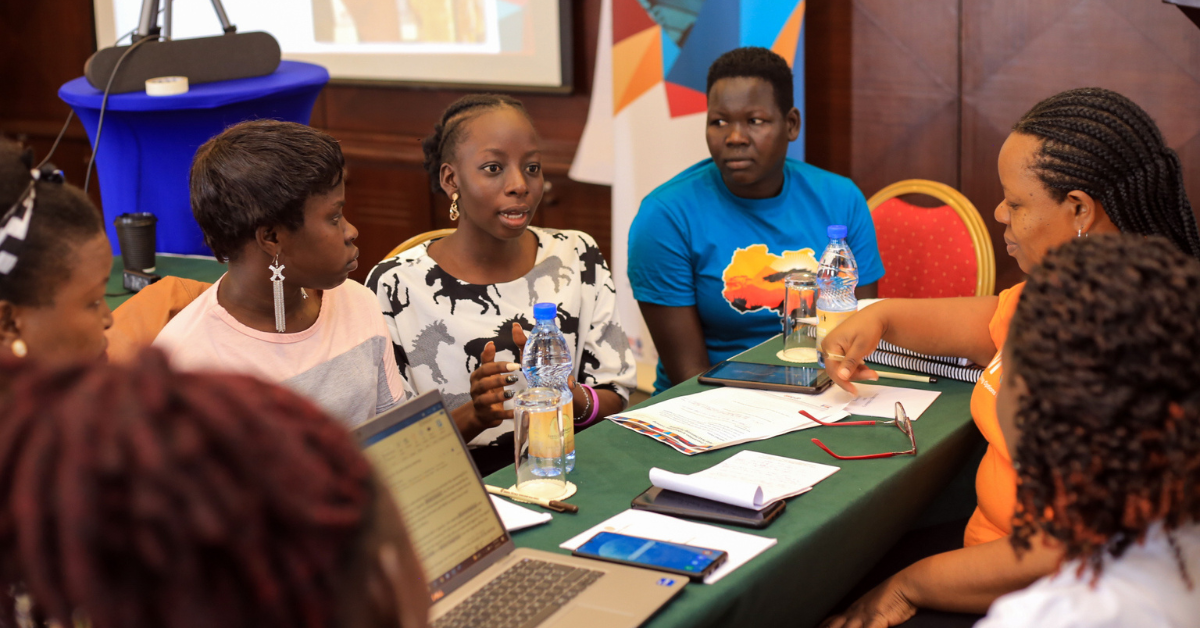Shyla Napier, FHI 360
Katie Williams, FHI 360
This post is part of a series about the real-life use and impact of technical tools, resources, technical assistance strategies, and other materials developed by the Maximizing Options to Advance Informed Choice for HIV Prevention (MOSAIC) project.
When a country is poised to introduce a new biomedical prevention product, policymakers want to ensure that their rollout plan is based on the latest science and provides clear, standardized procedures for implementation. The World Health Organization (WHO) publishes global guidance on delivering new HIV prevention products, but those recommendations need to be adapted to the local context.
To jump-start that process, the MOSAIC project developed a template for national guidelines on pre-exposure prophylaxis (PrEP). This tool is detailed, adaptable, and ready to use as new guidance or recommendations on PrEP become available. Neatly incorporating the most current evidence and global guidance, the template offers prompts for national-level considerations that policymakers can address during the adaptation process. The template guidelines help accelerate the guideline development or adaptation process in-country, shortening the time from WHO guideline release to in-country adoption. As a result, impacts of new national guidance on HIV are realized faster.
The template guidelines reflect the most recent WHO guidance on oral PrEP (daily and event-driven) and the PrEP ring and its recommendation for CAB PrEP. MOSAIC staff also drew from other resources to develop this tool, such as the Consolidated Guidelines on HIV Viral Hepatitis and STI Prevention, Diagnosis, Treatment, and Care for Key Populations and the U.S. Food and Drug Administration Apretude label. By translating major research efforts and global guidance into a national policy format, the template guidelines bring countries one step closer to increasing the availability of PrEP methods and improving provider knowledge — each critical elements of new product introduction.
How policymakers are using the tool
At the global level, the template guidelines are part of a body of work that informed the forthcoming updated WHO clinical implementation module. Donor organizations such as the Global Fund to Fight AIDS, Tuberculosis and Malaria have also cited the tool as a user-friendly mechanism for supporting policy change:
The template guidelines for PrEP is one of the most impactful tools for accelerating PrEP introduction and integration of the newest WHO guidance by countries. The template has been especially valuable in supporting regions where oral PrEP is still just getting started. Colleagues who have other technical or more general focus in HIV have also found it a great reference document while waiting for WHO’s newest module, which puts all the newest PrEP guidance together.
CHRIS OBERMEYER, HIV PREVENTION PRODUCT INTRODUCTION ADViSOR, THE GLOBAL FUND
Nationally, the template guidelines have been used in updated or new HIV prevention policies in 11 countries. Within MOSAIC, the template has been used to add new PrEP methods to national guidelines on PrEP in Eswatini, Kenya, South Africa, Uganda, Kenya, and Zambia. Additional countries that have used the tool include Sudan, Malawi, Côte d’Ivoire, Ghana, and Liberia. At the time of writing, the Organization of Eastern Caribbean States was in the process of using the tool.
The template guidelines are accessible online and easy to use, enabling countries that are not part of the MOSAIC project to take advantage of the tool and apply it to structure national HIV prevention policy documents. For example, through the EpiC Project, FHI 360 teams in Ghana, Liberia, and Malawi have worked with policymakers to adapt the template guidelines. In Ghana, the members of the National PrEP Implementation Committee used the template to build out implementation guidance:
The PrEP template guidelines on daily oral PrEP, event-driven, the PrEP ring, and CAB PrEP was very helpful in the review and update of the Ghana PrEP Implementation Guide. The tool provided a straightforward process, and guided, supported, and facilitated the National PrEP Implementation Committee members’ review and update of the Ghana PrEP implementation Guide with WHO new guidance on PrEP in the shortest possible time.
GETRUDE NUNNO, TECHNICAL ADVISOR, FHI 360 GHANA
In Malawi, the template informed the development of PrEP standards of practice:
The Ministry of Health found the MOSAIC template guidelines very useful … The guidelines guided Malawi’s development of community and event-driven oral PrEP standard operating procedures (SOPs). … In readiness for Malawi’s implementation science project on the feasibility and acceptability of CAB-LA PrEP, the MoH found the template guidelines informative and insightful on protocol development and national guidelines for health care workers.
DAVID CHILONGOZI, TECHNICAL DIRECTOR, FHI 360 MALAWI
And in Liberia, the EpiC team worked with the Ministry of Health to update PrEP policy on differentiated service delivery:
The template guidelines were introduced by the EpiC Project in Liberia at the time oral PrEP was being introduced, and a guideline was necessary to standardize practice. It became a masterpiece for accelerating the domestication of critical WHO recommendations and helped to set the framework for PrEP administration and monitoring, both in the facility and the community. It is still relevant today as we progress to scale up PrEP use in Liberia within differentiated service delivery models.
T. DIAH NYANPLU, PrEP FOCAL PERSON, MINISTRY OF HEALTH/NATIONAL AIDS CONTROL PROGRAM LIBERIA
What’s next?
Since its launch in 2021, the template guidelines have been updated continuously, expanding to include new PrEP methods such as the ring and CAB PrEP and updating and clarifying guidance with each new release from WHO. As new recommendations and global guidance emerge, the template will be updated and kept current.
To complement rollout efforts, MOSAIC is in the process of finalizing an implementation plan template, which is an adaptable tool to help countries plan to roll out new products.
We are interested in hearing how others are using the template guidelines and welcome feedback on how to improve them. If you have used the template or are aware of its use by policymakers to guide the national policy process, please let us know at info@prepnetwork.org!
Featured Image: Brian Ssewankambo/MOSAIC


